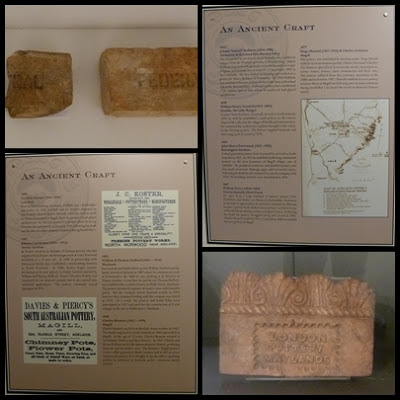There was a good display of two and 4 wheeled vehicles was in the courtyard and we met a retired officer who had served with my father-in-law and he explained how the radar units in police vehicles worked and proudly showed us his personal motor cycle which is the same as the current BMW bikes used by the Police.
He also took us into the area that was out-of-bounds to the public. It housed the workshops of the historic vehicles and also had the ones not on display, like the Black Maria and the first police boat. We were very privileged. One building housed an impressive 4 rooms of displays covering Forensic, Drug Squad, Communications, badges & head wear, country stations, old records and historical things. Each room had an officer or person available for questioning and I enjoyed meeting Mr Beare (uncertain of his rank) who had been an instigator of the drug squad (he started the drug squad) and he told us many interesting and amusing stories of his time on the force. The next building had some historical photos and tea, coffee and biscuits were available for $2 as well as a movie about the force whilst we were able to rest our sore feet.
The next section we explored was the Mounted Police Horses. Unfortunately there were not many horses to be seen but we saw the stables, exercise machine and yard with sand where the horses could roll about. The SA Police only use greys which could be because an earlier officer did not like the look of multi coloured horses and thought the police uniform looked better against the grey horse. We moved on to the Police Band building where we saw a film about the various band leaders and a clip of their performance at the prestigious Edinburgh Tattoo. At the end of the film everyone else filed out of the room leaving us to ask questions and be shown through the room where the instruments are stored and see the huge trunks which are used to transport the uniforms and instruments interstate and overseas. We also saw a good photographic display of the band through the years. Our final stop was a police wagon with dog handler and we were able to pat the beautiful german shepherd. Again the handler told us stories about her dog and talked about the dog being retired when it turns 8 years old and about a year prior to that she will have to begin working with another dog. We spent over 3 hours at the Police Museum, it was the best $5 I have spent.


















































